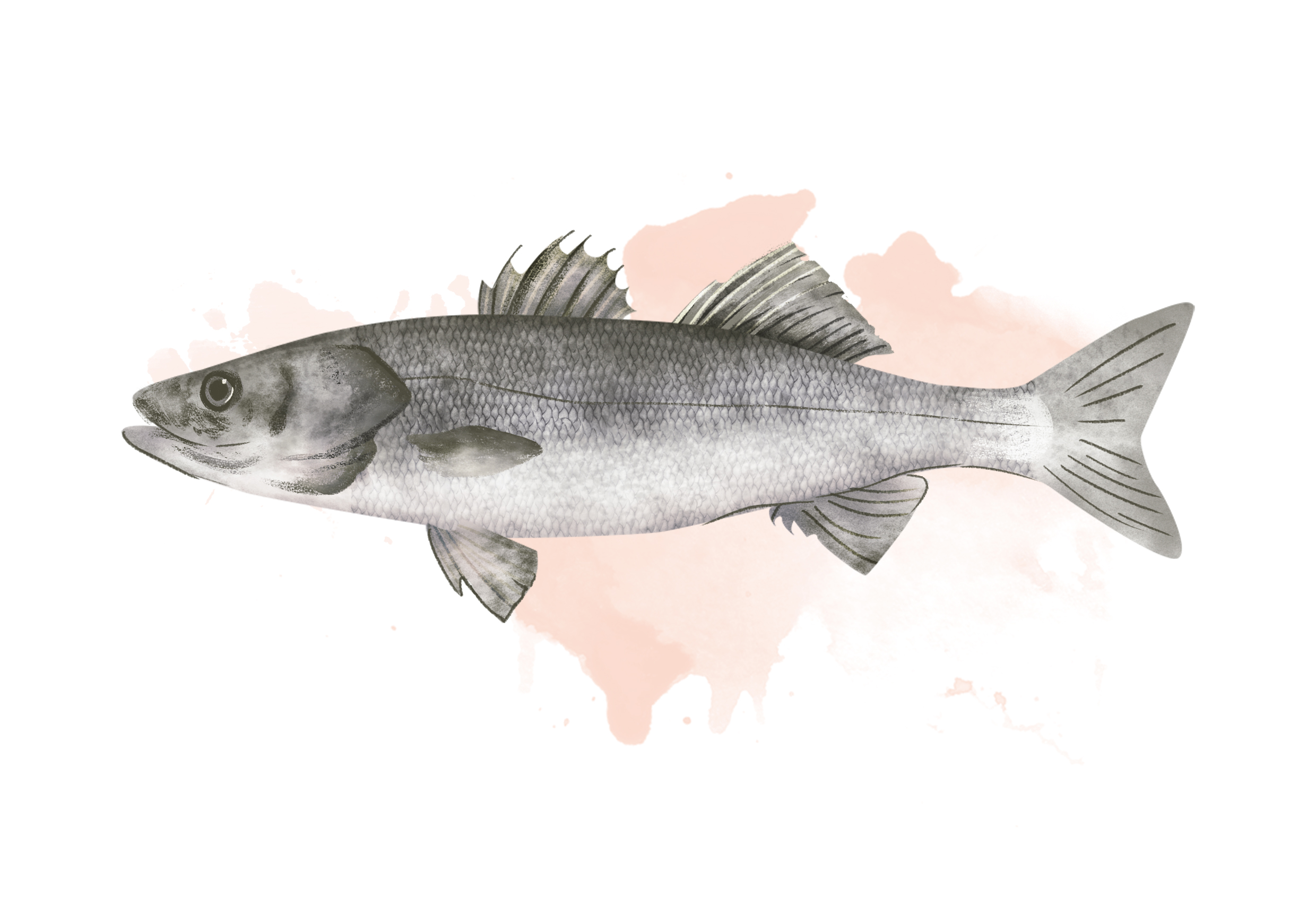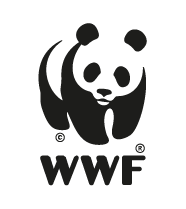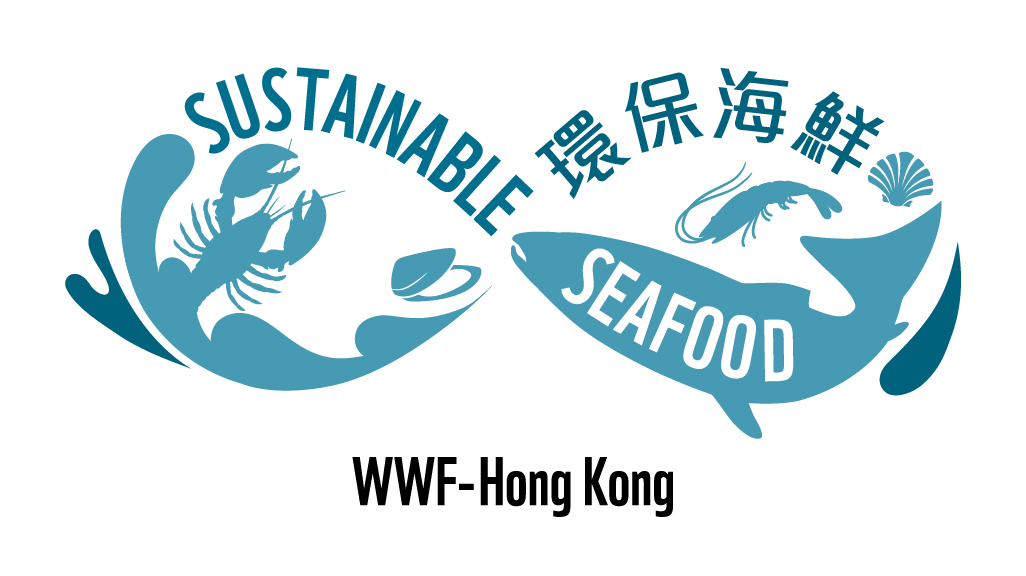
Hatchery-based
This species requires feeding that includes small fish, prawns, crabs and cuttlefish. The fish-in-fish-out ratio is high, meaning that large amounts of fish feed is required to produce one kilogram of European bass. Feed suppliers have traceability systems in place.
Due to floating net cages that directly open to sea, this production method will create high levels of water discharge to the environment. The production method can create minor habitat alterations. The risk of escapes is high. Even though the species is native to France, escape of farmed species can create negative impacts on the environment. The species can be affected by viral diseases that threaten the viability of the species, especially at the juvenile stage. There is a lack of evidence regarding how the disease outbreak will affect the wild population. Chemicals are used for treatment bringing moderate environmental risk.
Regulatory framework for aquaculture is quite effective in France, where it’s separated into national and EU levels. Monitoring of aquaculture practices by several departments has been quite effective. Information is also quite transparent.

